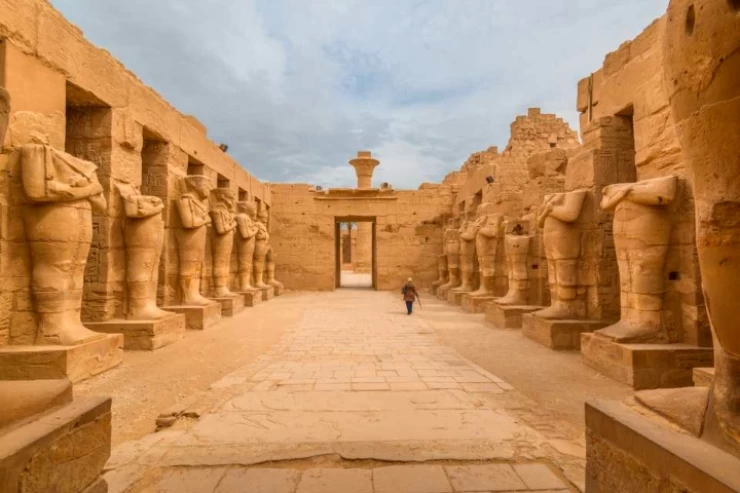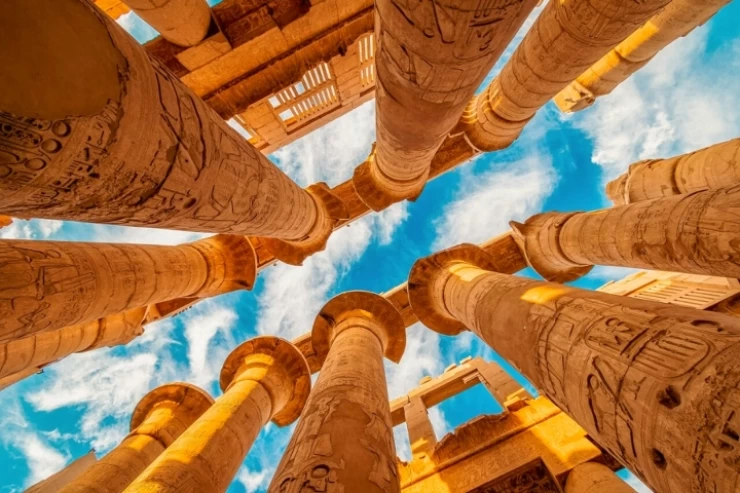A Cairo Top Tours representative with a professional guide will be waiting for you at your hotel in Luxor or on your Nile cruise to take you in a private air-conditioned car to start your adventure in Luxor, exploring the whole city, both the east bank and the west bank.
Your day begins with an unmissable visit to the temple of Hatshepsut, which was built during the 18th Dynasty next to the temple of Mentuhotep, is characterized by its size, and continues to impress visitors with its beauty and unique design, different from the temples that were built in Thebes, on the eastern bank of the Nile.
Your second step will be to the Valley of the Kings, also known as the “Valley of the Kings,” which is a valley in Egypt that was used for 500 years, between the sixteenth and eleventh centuries BC, to build tombs for the pharaohs and nobles of the New Kingdom during the eighteenth to twentieth dynasties of ancient Egypt, located on the west bank of the Nile River, opposite Thebes, in the heart of the ancient burial city of Thebes. The Valley of the Kings is divided into two valleys: the eastern (where most of the royal tombs are located) and the western.
Then, we will continue our excursion with an incredible visit to the Memnon Colossi. The two identical statues represent Amenhotep III (who lived in the 14th century BC) seated, with his hands on his knees and facing east (actually southeast according to the modern trend) towards the river. On the front of the throne, next to his legs, are sculpted two figures of short stature: they are his wife Tiye, and his mother Mut Im Wia. The side panels represent the Nile god Hapi.
We conclude our adventure with the east bank of Luxor where you can explore the Temple of Luxor A large and complex temple of ancient Egypt located on the east bank of the Nile River, near what is now the ancient Thebes city of Luxor. It was founded in 1400 BC. The Luxor Temple was built to worship Amun-Ra, his wife Mut, and his son Khonsu, gods also known as the Theban Trinity. After that, we explored the Temple of Karnak The temple owes its name to the city of Karnak, a modern name adapted from the Arabic word Khurnak, meaning fortified town, which was given to many temples in the region during this period. Although the temple was initially known as Bar Amun, meaning the temple of Amun or the house of Amun, during the Middle Kingdom it was called Ibit Sut, meaning the choicest of places.
After finishing your tour, we will transfer you back to your hotel in Luxor.
Meals: Lunch

























